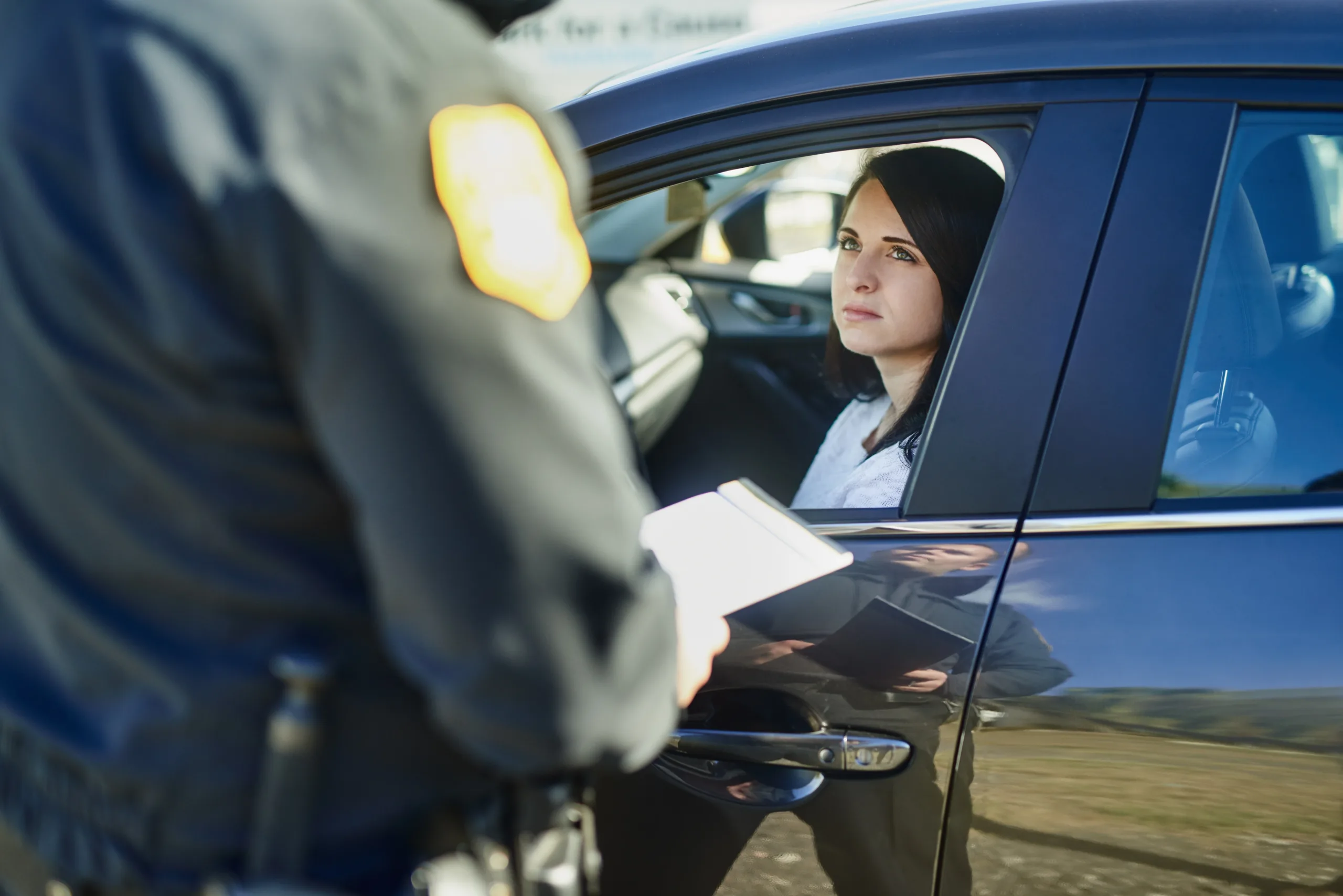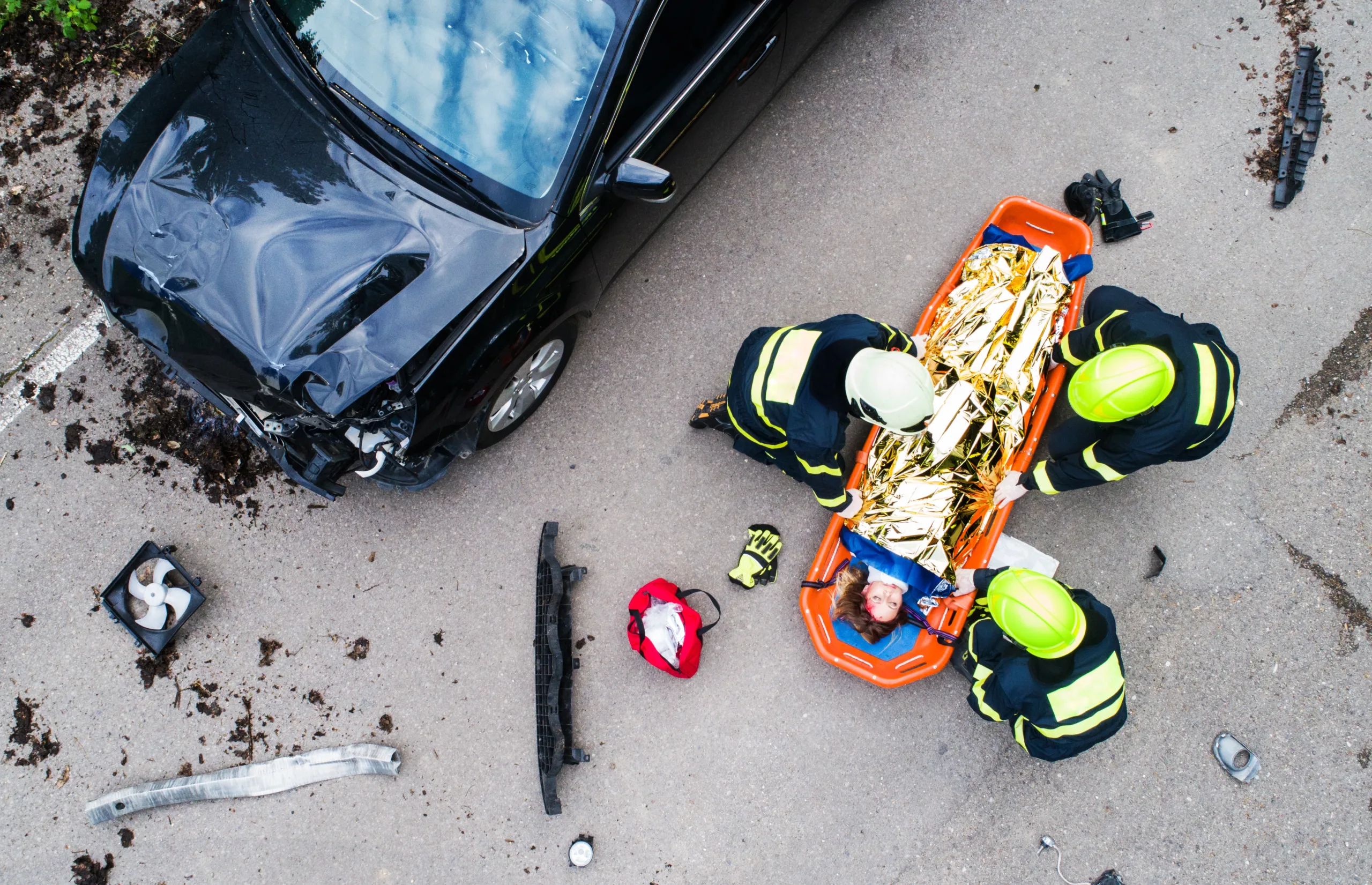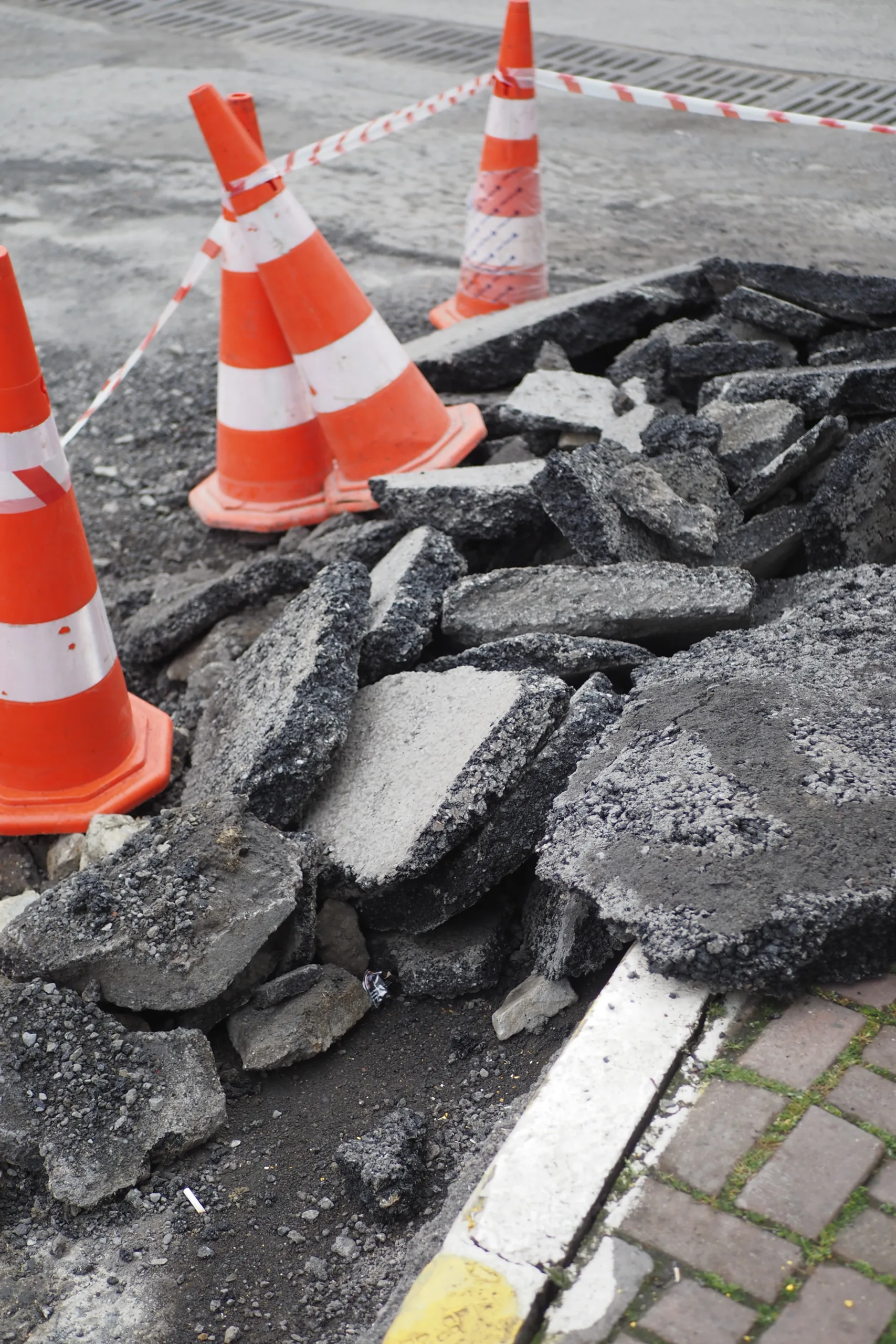Hit and run accidents are one of the unfortunate realities that surround us today. Your car is damaged with the perpetrator nowhere to be found, leaving you in a state of misery and confusion. The sad truth of the matter is that hit and run accidents are relatively common in the United States. The U.S. Department of Transportation’s National Highway Safety Administration (NHTSA) reports that about 11 of every 100 traffic accidents are hit and runs, and 4.3% of those result in fatalities.
Thankfully, you do have options. Once the initial shock of a hit and run subsides, you can begin the process of identifying and prosecuting the offender. The good news is that hit and runs are treated as a criminal offense in every state, meaning that justice will be served to the person that fled the scene. The bad news, however, is that criminal charges often don’t deter people from leaving the scene of the crime, and finding the culprit can sometimes present itself as a challenge.
If you are involved in a hit and run accident, it’s essential to know your options and necessary next steps to get the justice you deserve. Read on to learn about pursuing civil damages after a hit and run accident.
Proper Driver Responsibilities
There are specific protocols drivers must follow after a car accident to ensure that the accident is appropriately handled. Before you leave the scene of the crash, there are several essential steps to take. These include:
- Moving the vehicle(s) to a safe location
- Evaluate and document damages to cars, property, and persons
- Exchange contact information
- Seek medical assistance
- Call police if necessary
Even if the car is parked and there are no passengers inside, you must make an effort to attempt to identify the owner to exchange information. If a driver fails to leave information to try to contact the owner of the vehicle, it may be considered a hit and run.
Immediately Following a Hit and Run
The first thing to do as a hit and run victim is to file a police report. Remember that purposefully leaving the scene of an accident you committed is considered a crime, so police must treat it as such. They are responsible for investigating and pursuing the offender.
However, though it may seem important to you, hit and run accidents are often low-priority for police departments. It may be beneficial to begin your own identification process and do a bit of legwork for the police. Talk to pedestrians, residents, and business owners to see if they witnessed anything. Some may even have surveillance cameras that captured the incident.
Valuable information to obtain includes:
- Make or model of the car
- Car color
- License plate number
- Date and time of the incident
- Description of the person behind the vehicle
Also, be sure to document any damage done to your vehicle or property. Take pictures and keep them in a safe place so they can be used as evidence later on. Though investigating the crime may seem like a lot of work initially, it may help you identify the culprit and receive the compensation to which you are entitled.
Legal Options
Holding the offender accountable can be complicated. Typically only the driver of the vehicle during the incident can be found criminally liable of the hit and run charge. What does this mean? Sometimes the owner of the car can claim that they lent their vehicle to a friend or family member at the time of the incident and they don’t know anything about it. Unfortunately, this is a common defense against prosecutions and is often successful.
Criminal Consequences
Even after you identify the driver of the vehicle, the legal process has its complexities. The state can prosecute that individual for compensatory damages in a criminal case. If you file a criminal suit against the perpetrator, you’ll want to keep in touch with the district attorney’s office to follow your case and provide any information you gathered.
Civil Consequences
In addition to pressing criminal charges against the offender, you may also pursue civil damages against the driver for any harm you experienced. In this case, you (the plaintiff) will likely recover punitive damages. Punitive damages are damages that exceed basic compensation and are given to punish the offender further. They are typically available when the offender (defendant) intentionally or recklessly caused harm.
In criminal cases, plaintiffs are entitled to compensation in proportion to the damages they suffered. These include medical bills, pain and suffering, lost wages, etc. Punitive damages, on the other hand, are designed to serve as a warning to others and punish the defendant for their lack of morality. The compensation you receive from punitive damages depends on the defendant’s financial situation as well as how egregious their behavior.
If you plan on pursuing civil damages following your hit and run accident, you will need to hire an attorney to help you navigate the legal process. They can help you subpoena the defendant for a formal deposition to uncover all the information surrounding the event.
What About Insurance?
You may not have to find the offender if you live in one of the 12 no-fault states. If you are, your insurance company will compensate you for damages regardless of fault. However, most people are often forced to collect from their own insurance policies following an incident. This unfortunate scenario ends up making you pay for damages that you didn’t cause, and can quickly become pricey.
Contact an Attorney
Once you identify the offender, it’s best to contact an attorney to help you pursue civil damages. An experienced attorney can help you recover damages in a timely manner and serve justice to the criminal.
E. Orum Young has over 35 years of experience fighting for victims of hit and run accidents in Northeast Louisiana, and are eager to help you today. We work tirelessly to ensure that you feel safe on and off the road. Contact our office at (318) 450-6453 for a free case review. Our phone lines are open 24/7!






